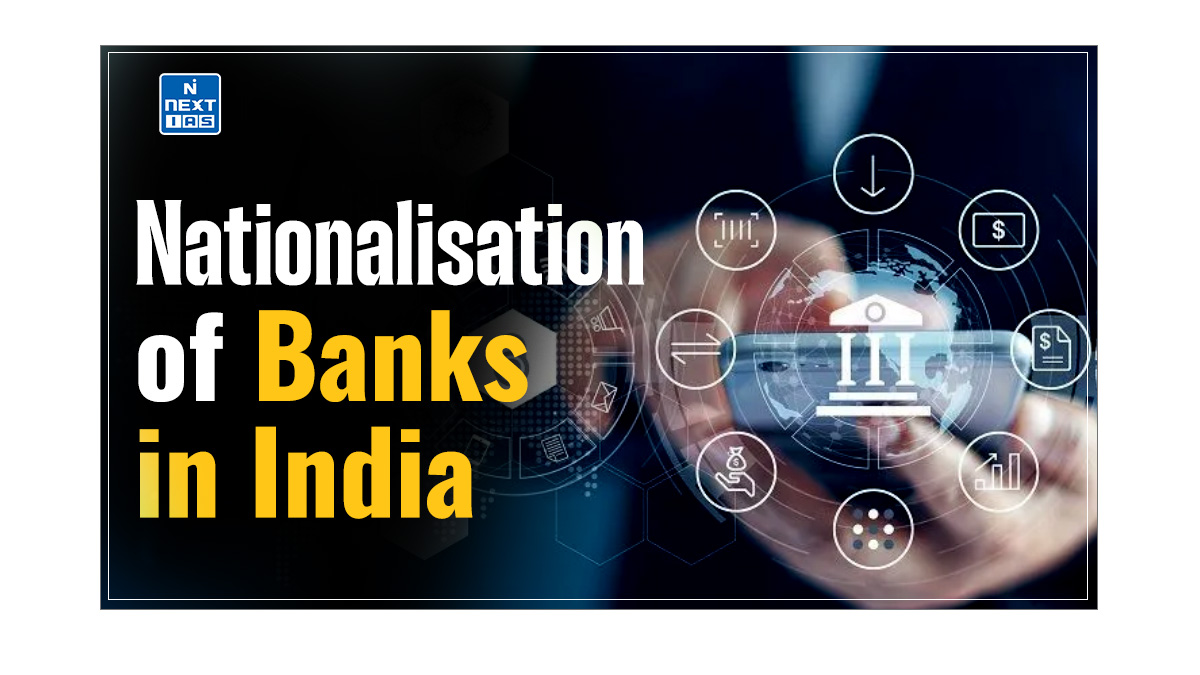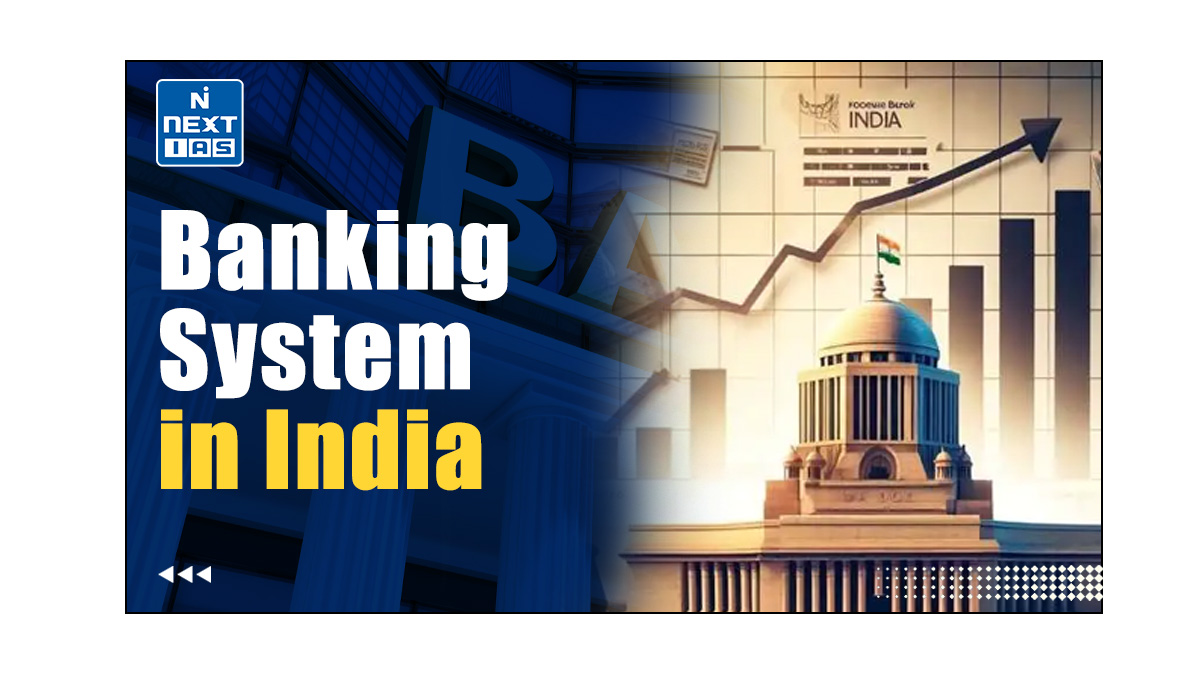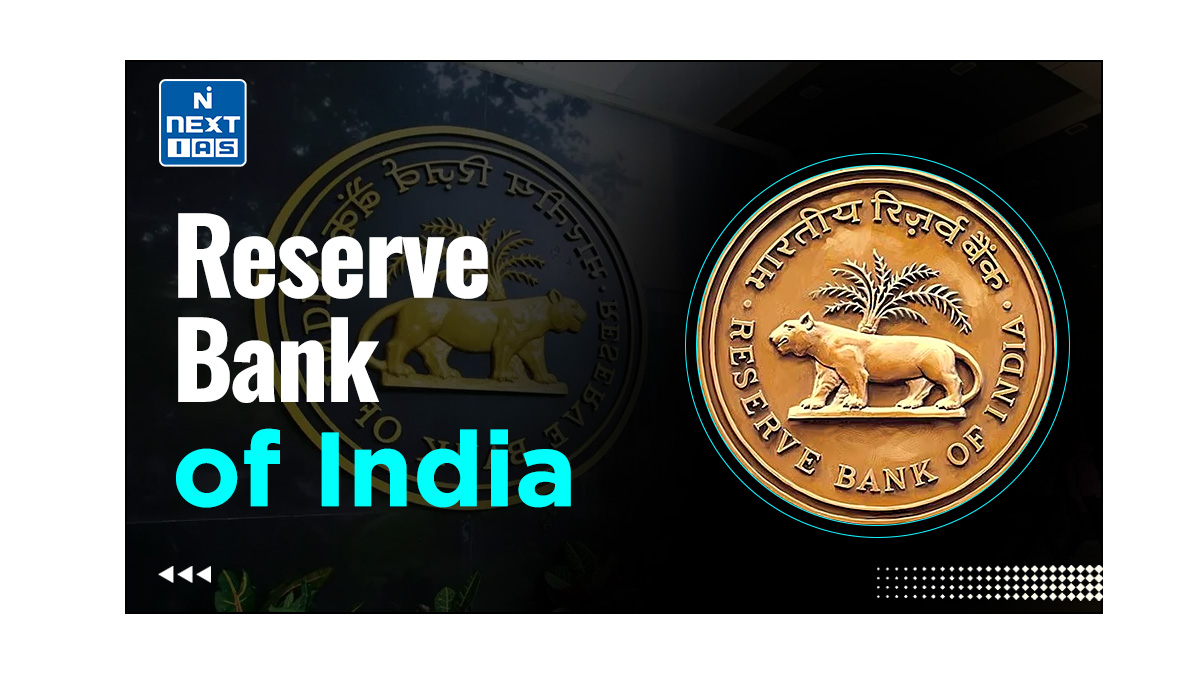
Banking Sector Reforms in India have been a continuous process in order to ensure a robust financial system and support sustainable growth. These reforms have made significant transformations in the banking system. This article aims to study in detail the Banking Sector Reforms in India, key measures taken, their impacts and other related concepts.
Meaning of Banking Sector Reforms in India
- Banking Sector Reforms in India refer to the series of changes implemented to modernize and strengthen the Indian banking system.
- These reforms were initiated in the early 1990s as part of India’s overall economic liberalization and has been ongoing since then.
- Most of these reforms have been carried out in the Public Sector Banks (PSBs), though some of them have also been applicable for Private Sector Banks.
Need for Reforms in Public Sector Banks
Banking Sector Reforms in India were needed for the following reasons:
- Public Sector Banks (PSBs) account for 80% of the overall NPAs of the Banking sector.
- PSBs also suffer from slower credit Growth of hardly around 4% in comparison to 15-30% registered by New private Banks (NPBs).
- The PSBs also face higher losses of around ₹66,000 crores.
- PSBs account for 93% of total frauds, leading to loss of Taxpayers’ money.
Challenges of PSBs
The challenges faced by the Public Sector Banks (PSBs) that necessitated the Banking Sector Reforms in India can be seen as follows:
- PSBs enjoy less strategic and operating freedom because of majority government ownership.
- Government exercises significant control over all aspects of PSBs operations ranging from recruitment policies, pay to investments, financing and bank governance including board and top management appointments.
- Implicit promise of bailout of bank liabilities which is an implicit cost to the taxpayer.
- PSB Officers are wary of taking risks in lending or renegotiating bad debt, because of fears of harassment under the guise of vigilance investigations.
- High operating costs.
- Recruitment processes of PSBs hinder them from campus hiring.
Banking Sector Reforms in India: Key Measures Taken
Some of the key measures taken towards Banking Sector Reforms in India have been explained in the sections that follow.
Privatisation of Public Sector Banks (PSBs)
- Privatisation of Public Sector Banks (PSBs) in India has been in consideration as a potential solution to enhancing efficiency in the Indian Banking System.
- Privatization of PSBs simply means less active and direct participation of the Central Government in the day-to-day activities of the Public Sector Banks (PSBs).
Read our detailed article on the Privatisation of Public Sector Banks in India.
Merger of Public Sector Banks (PSBs)
- Merger of Public Sector Banks (PSBs) is being done in order to create a more robust, efficient and competitive Banking System in India.
- Also known as the Consolidation of Public Sector Banks, it refers to the process of combining smaller and weaker banks with larger and stronger ones to create more robust, efficient, and competitive banking entities.
Read our detailed article on the Merger of Public Sector Banks (PSBs) in India.
Governance Reforms in Banks
- Governance Reforms in Banks in India have been an important part of Banking Sector Reforms in India.
- Over the years, the Indian banking sector has witnessed significant changes in its governance structure in order to ensure the stability, efficiency, and integrity of the financial system.
- Some of the key initiatives taken for Governance Reforms in Banks in India include:
- Establishment of a Bank Board Bureau (BBB).
- EASE Reform Agenda, etc.
Read our detailed article on Governance Reforms in Banks in India.
Technological Upgradation of Banks
- In order to ensure survival and efficient functioning in the era of digital banking, banks and financial institutions in India are being upgraded technologically.
- The following initiatives have been taken for making rapid strides in adoption of digital technology:
Society for Worldwide Interbank Financial Telecommunication (SWIFT)
- The Society for Worldwide Interbank Financial Telecommunication (SWIFT) provides a network to enable financial institutions all over the world receive and send information about financial transactions in a standardized, secure, and reliable environment.
- It was established in 1973.
- It makes use of a standardized proprietary communications platform to facilitate the transmission of information.
- It neither manages external client accounts nor holds funds on its own.
- The headquarter of SWIFT is in Belgium.
- Prior to SWIFT, Telex was the only reliable means of communication regarding transfer of international funds. However, Telex was discontinued due to various issues such as security concerns, low speed, and a free message format.
E-Kuber
- e-Kuber was introduced as part of Banking Sector Reforms in India in 2012 as the Core Banking Solution (CBS) of the Reserve Bank of India (RBI).
- Core Banking Solutions (CBS) means a solution that enables banks to offer a multiple customer-centric services from a single location on a 24×7 basis, thus enabling support to corporate as well as retail banking activities.
- Using a Core Banking Solution (CBS), customers can access their accounts from anywhere and from any branch (irrespective of branch where their accounts was opened).
- Thus, it aims to create a “one-stop” solution for financial services.
- Almost all the branches of Commercial Banks, including the Regional Rural Banks, are brought into the fold of core-banking.
- The e-kuber system can be accessed either through Internet or INFINET.
Conclusion
Banking Sector Reforms in India have played a crucial role in shaping an efficient and robust banking system. While significant progress has been made, continuous efforts are required to address new emerging challenges. The journey of banking sector reforms in India must persist to build a resilient banking sector that can support India’s ambitious economic growth aspirations.
GS - 3





